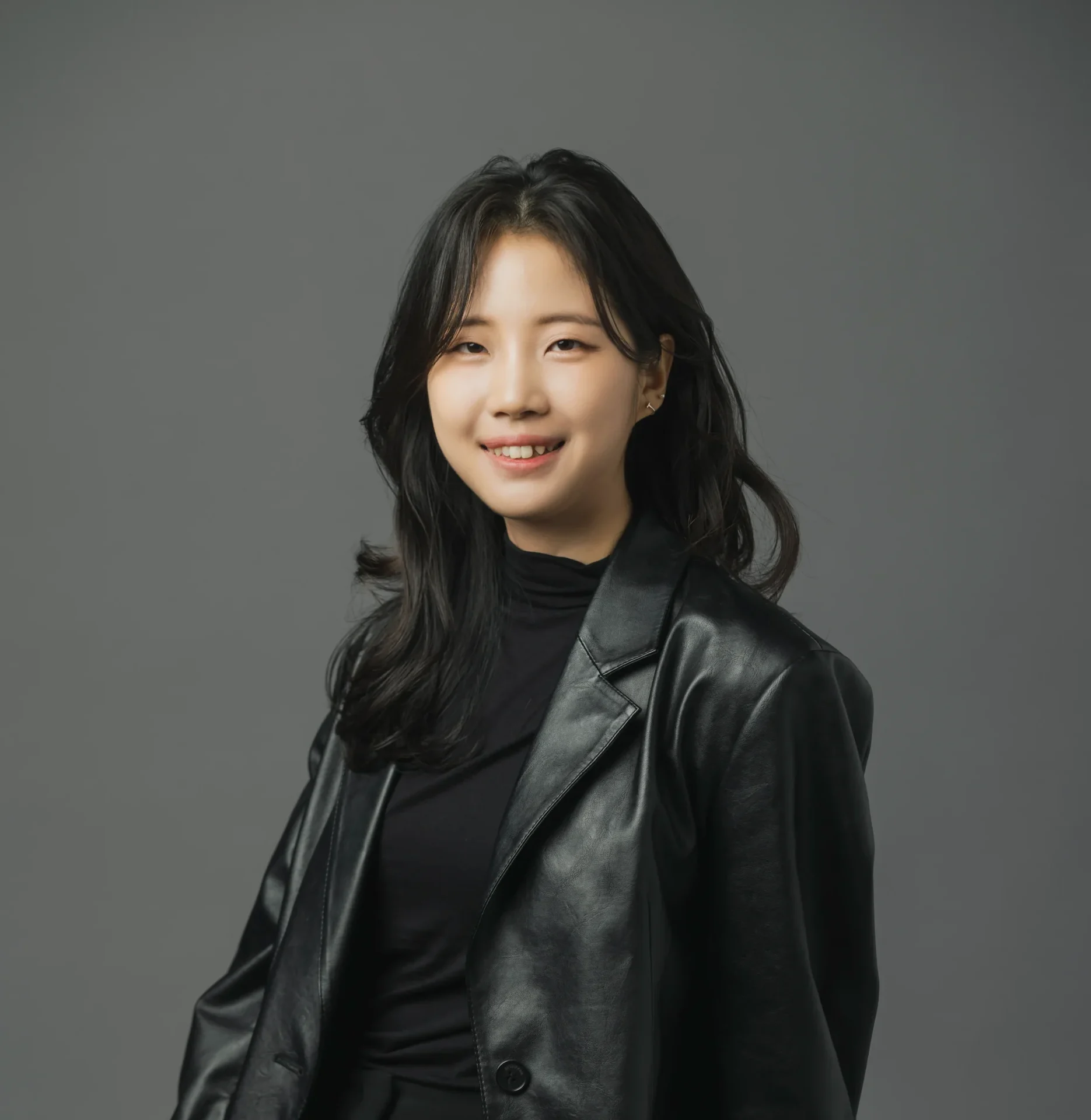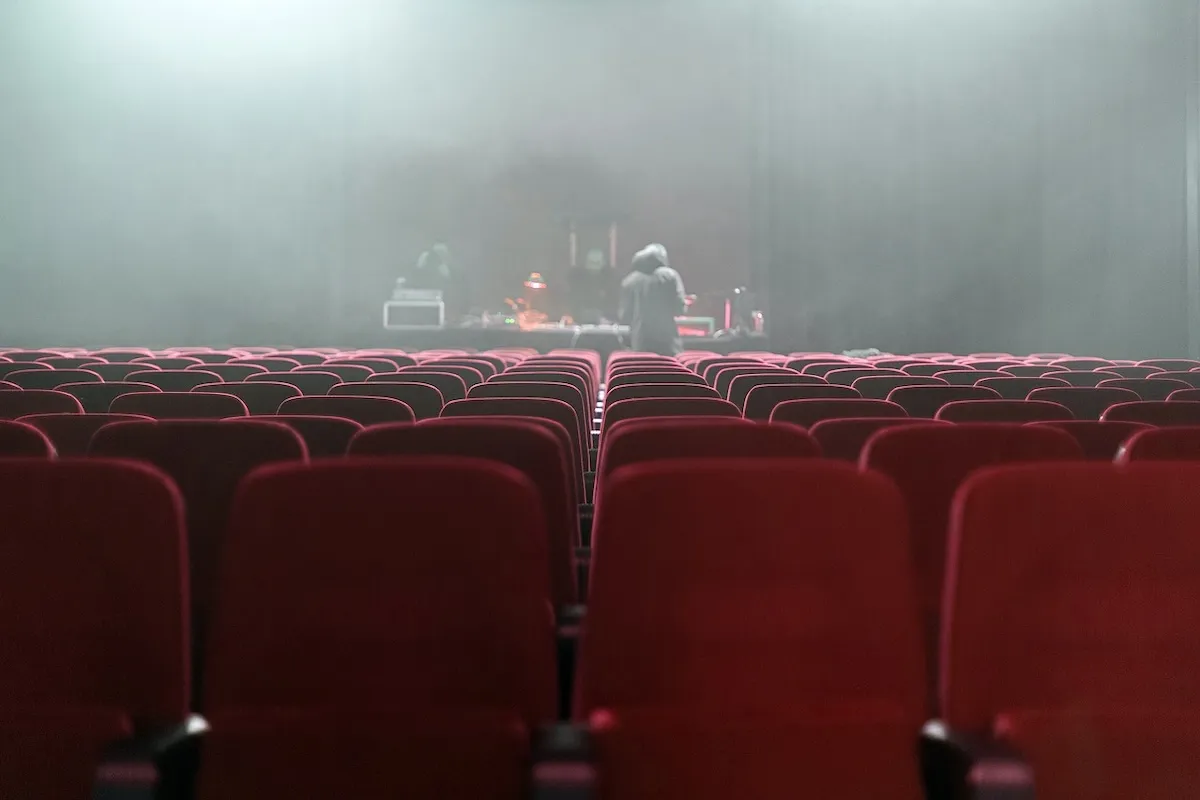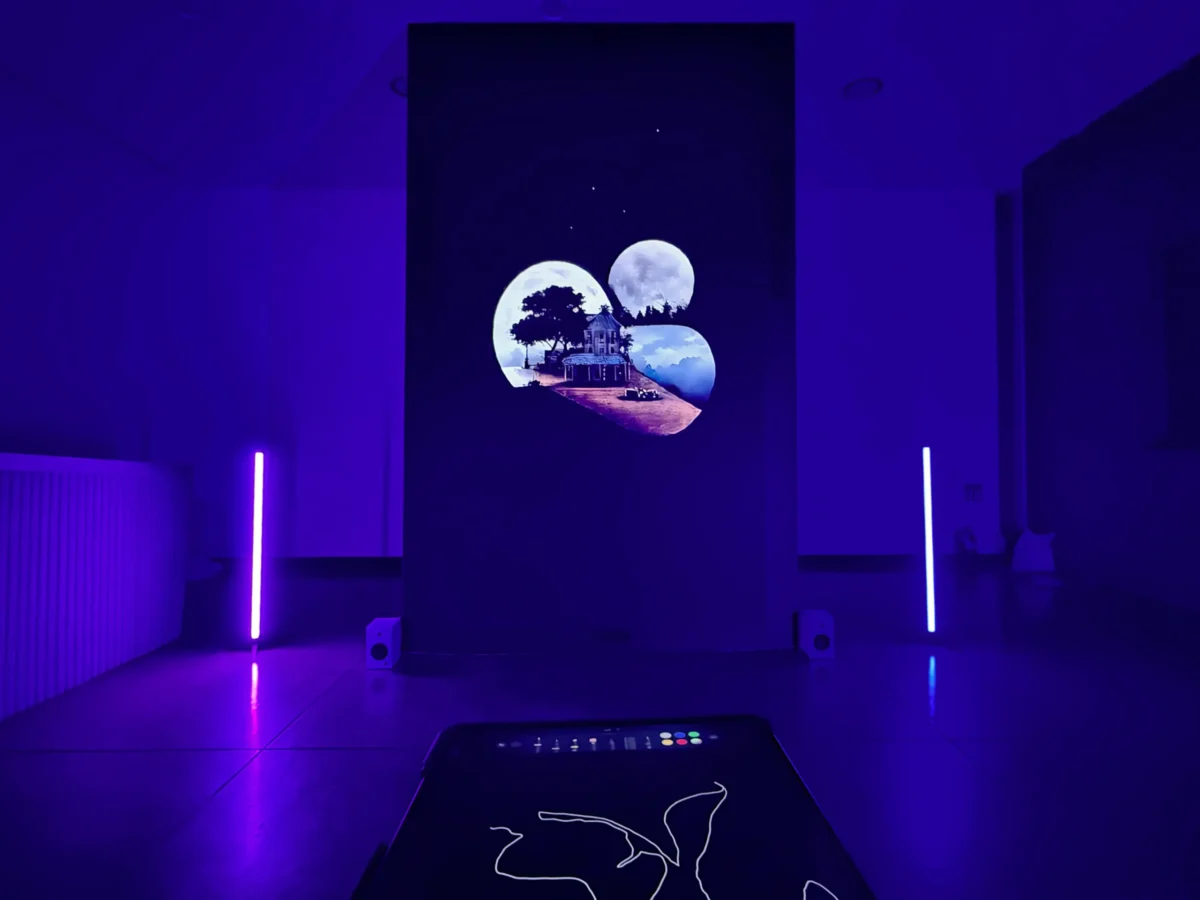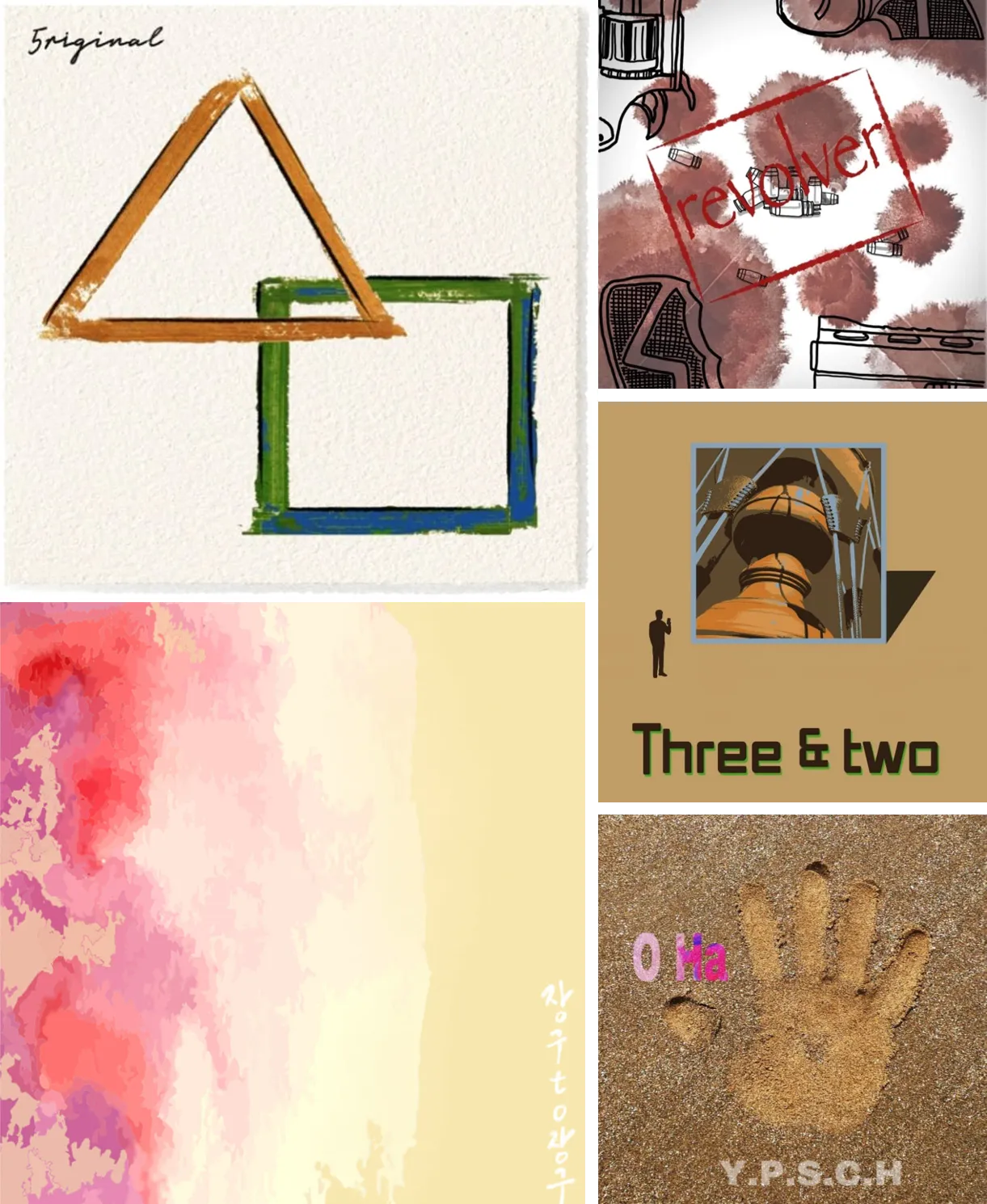|
[Issue]introduces the future direction of art education that the Art Collider Lab (hereinafter referred to as AC Lab) at the Convergence Arts Center seeks to pursue through the educational programs it has planned and operated.
This article is based on the contemporary discourses explored in the 2024 “Connected Week: Open Access School” lecture program, which focused on the theme of “Commons.” Through video and written records, it documents the key discussions from the sessions. Open Access School was a small-group lecture series designed to break down boundaries, bringing together students, industry professionals, and individuals from various fields to share ideas, experiences, and inspiration. Discover the discussions and insights exchanged during these sessions. |
| Session 5_Producing Audience Accessibility in performing Arts
Over the past few years, in Korea, both audiences and theater producers have shown increasing interest in barrier-free accessibility in theaters. As a result, there is a growing awareness that the current theater environment lacks the capacity to fully accommodate audiences with diverse identities. In response to these concerns, the fifth session of Open Access School is designed as a platform to hear from experts who are actively planning and implementing strategies to enhance audience accessibility in the performing arts. This session will provide insights into the current state of accessibility efforts and the challenges faced in the field.
First, Ji-Won Hong, a former producer at Theater Production Company Jakjak, shared insights on audience accessibility from the perspective of a performance planner. Hong co-produced and managed <Kiki’s Borderline Personality Disorder Diary>(hereafter <Kiki>), a project by Jakjak Theater Company.
She began by sharing her experiences and examples of various strategies implemented to enhance audience accessibility while planning the original musical <Kiki>. The discussion covered the definition of audience accessibility, the efforts made by the entire production team and cast to understand disabilities and break down existing barriers within the current system, and also the specific measures introduced in the actual performance.
This session provided an opportunity to hear about the practical challenges faced from the perspective of performance creators and producers, while also reflecting on the current state of accessibility in Korea’s Performing Arts/Theater industry.
Secondly, David Bellwood, Head of Access at the National Theatre in the UK, presented case studies from UK. One key point repeatedly emphasized in his lecture was that the UK adopts the social model of disability. Unlike the medical model, which views disability as an individual’s condition that requires treatment, the social model interprets disability as something arising from societal structures. In this context, the fact that many theaters in the UK provide audio descriptions and that the National Theatre actively seeks feedback from disabled audiences to improve sensory experiences serves as a concrete reference point.
This session aimed to encourage reflection on how disability should be understood in performance production and what measures can be taken to address existing barriers. Hopefully, it has provided valuable insights for creating more accessible theater experiences.
| Enhancing Audience Accessibility in Korean Original Musical
According to 2023 statistics from the Ministry of Health and Welfare, the disabled population in South Korea is approximately 2.64 million, accounting for 5.1% of the total population. However, this figure only includes individuals who are officially registered as disabled under the government system. It does not encompass those who are unregistered or individuals with various physical and mental disabilities that are not recognized by national policies. In this regard, demographic data provides a compelling rationale for actively considering audience accessibility in performance production. However, when attempting to improve accessibility for disabled audiences, one of the first challenges is defining what disability truly means—a question that presents more complexities than one might expect.
The category of disability involves complex issues, such as diagnosis, pathologization, labeling, stereotypes, gender, and more, all intertwined to form intricate debates. So, from the perspective of preparing and considering accessibility measures, where should we start and how far should we imagine and think about the accessibility of disabled audiences, given the various qualitative characteristics of disabilities based on their types? These considerations are crucial as they encourage us to think about disability from a broader definition. Depending on the type of disability, the aspects to be considered vary greatly, and continuous efforts are necessary to ensure that disabilities, especially those that are less visible or harder to recognize, are not excluded.
However, considering the practical aspects of the performance production process, it is easy to see the challenges of sustaining such efforts. For instance, even if a performance is designed with enhanced accessibility measures for people with various physical and mental disabilities, as well as neurodivergent individuals, the lack of actual audience turnout can weaken the momentum for continuing accessibility initiatives and securing budgets. Additionally, there is the issue of deciding which accessibility features to implement and how to arrange them. The key point is that the various practical difficulties in ensuring audience accessibility do not serve as a justification for abandoning these efforts. Rather, they remind us of the importance of carefully considering what accessibility means, why it is necessary, and which measures should be prioritized.
Producer Hong emphasized the importance of discussing accessibility from the early stages of production, engaging all staff members and cast in these conversations. This process is crucial because only when everyone understands the significance of the project can they effectively deliver the program to the audience. In the case of <Kiki>, accessibility measures were included as key agenda items from the very first planning meeting, and a disability awareness workshop was also conducted. Through this process, participants reflected on their own preconceived notions about disability and had the opportunity to share ideas on what aspects to prioritize in the performance.
| Exploring Possible Approaches
<Kiki> implemented various measures to enhance audience accessibility. Out of a total of 32 performances, six were designated as accessibility-enhanced sessions, with two specifically providing sign language interpretation for hard-of-hearing audiences. During these performances, four sign language interpreters stood on stage, interpreting the actors’ lines in real time, while two additional interpreters were stationed at the ticket booth to assist audience members. Another two performances featured a touch tour designed for blind and visually impaired audiences. A touch tour is a pre-show program that allows audience members to explore the stage by physically touching the set and props, estimating the actors’ movements by counting steps, and experiencing the overall stage layout through tactile means. Additionally, lighting designers conducted pre-tests to ensure that strong lighting effects, such as highlight cues, could be perceived through changes in temperature or subtle flickering sensations. To help audiences follow Kiki’s transformation throughout the show, voice previews were provided if a single actor played multiple roles, ensuring clarity for viewers.
Lastly, for two performances designed for audiences with mental disabilities, a relaxed performance was held. A relaxed performance aims to create a comfortable viewing experience by minimizing elements that may be overwhelming for individuals with mental disabilities or neurodivergent audiences. This includes avoiding excessively loud sounds or intense lighting effects and allowing audience members to move, make noise, or enter and exit the theater freely during the performance. These adjustments help neurodivergent individuals enjoy the show in a more relaxed and accommodating environment.
In addition, throughout the entire run of the production, wheelchair-accessible seating was arranged, and scripts were made available for pre-show reading. Although these efforts were challenging, Producer Ji-won Hong reflected that witnessing the staff and cast actively contribute ideas and strive to connect with a diverse audience in better ways reinforced the belief that, with more opportunities like <Kiki>, this kind of creative culture could become more firmly established.
| UK Audience Accessibility: Challenges and Progress
David Bellwood is the Head of Access at the National Theatre in the UK, responsible for ensuring that audience accessibility is properly implemented across all aspects of the institution, from performance structures and production to audience programs. According to him, the National Theatre places great importance on accessibility and has established the “Dual-Sensory Principle” as a core guideline to guarantee it. The Dual-Sensory Principle ensures that audiences can experience performances using at least two different senses. For example, if a spectator is blind or visually impaired, they should be able to engage with the performance through hearing and touch. Bellwood emphasizes that just as everyone enjoys performances through their own unique sensory experiences, audiences who require accessibility should also be able to experience performances in a way that aligns with their own sensory perceptions and lived experiences.
Secondly, he addresses the issue of how disability is perceived. The way society defines “disability” influences the perspective on what society should look like. He compares the medical model and the social model of disability to explain why the UK adopts the latter. From a medical perspective, disability is seen as something that can be “treated” and is an individual responsibility. However, the social model of disability defines it differently: disability arises from societal structures—such as infrastructure and institutions—designed solely for non-disabled people. A good example of this can be seen in the right to mobility for individuals with physical disabilities. If there are low-floor buses or elevators in subway stations that are accessible to wheelchair users, their freedom of movement can be ensured, regardless of their disability. However, if such social infrastructure is built with only non-disabled people in mind, then the right to mobility cannot be guaranteed for disabled individuals. So, what prevents mobility for someone with a physical disability— the disability itself or the social structure? In this regard, the social model emphasizes that disability is created by societal structures.
As mentioned earlier, in the UK, disability is defined from the perspective of the social model, and efforts are being made to remove or alleviate the barriers that disabled individuals face when attending performances. In the UK, 84-85% of theaters offer audio description services, 81% provide captioned performances, and 87% offer relaxed performances.
A question arises regarding the perspective and direction behind the accessibility measures that have been implemented. For example, open captions and smart glasses are similar devices but serve different purposes. Open captions display text on a screen so that everyone can see the performance information, while smart glasses, when worn by an individual, show subtitles on the surface of the glasses. Open captions can be seen by anyone watching the performance, whereas smart glasses are a more personalized service. The difference in how accessibility devices are provided—whether universally for a wide audience or individually for people with disabilities—relates to the perspective on the scope of disability.
Moreover, this discussion is closely linked to budget allocation and decision-making. The question of whether to view disabled audiences as an additional group requiring extra services, or to recognize the “barriers” they face as structural issues that need to be addressed in order to create a more inclusive society, is another important principle in tackling the issue of audience accessibility. It is a shared responsibility that we must consider together as a society.
By looking at audience accessibility in the UK, where discourse on audience accessibility and institutional measures are more widely established, alongside the example of the musical <Kiki>, which is exploring and testing devices that can be implemented in the creation of musicals, this has been an opportunity to reflect on the areas where Korean society and the performing arts industry need to evolve. It was also a session where we could assess the changes in awareness over the past few years. Looking ahead, I conclude this article with anticipation for future discussions on accessibility issues, not only in the performing arts but also across various artistic fields and industries.
/ written by Gian Kim (Korea National University of Arts)

Ji-Won Hong
Former Producer at Jakjak Production

David Bellwood
Head of Access at the National Theatre, UK



